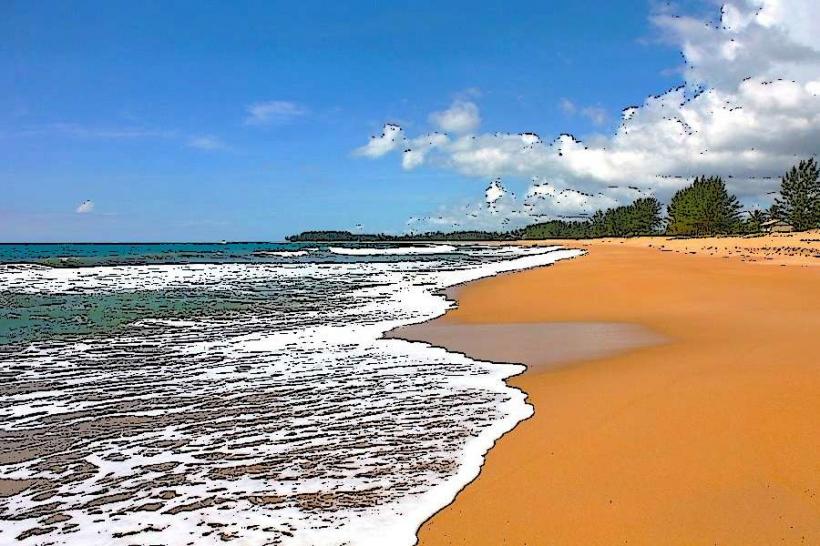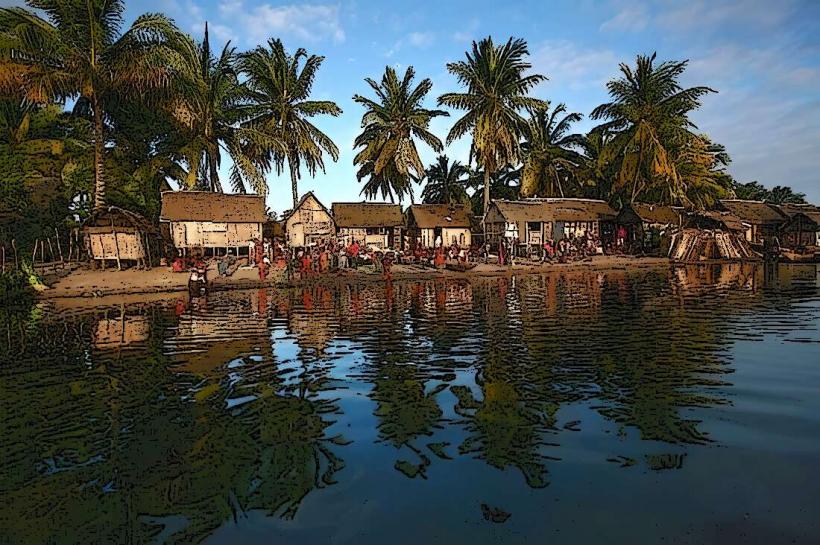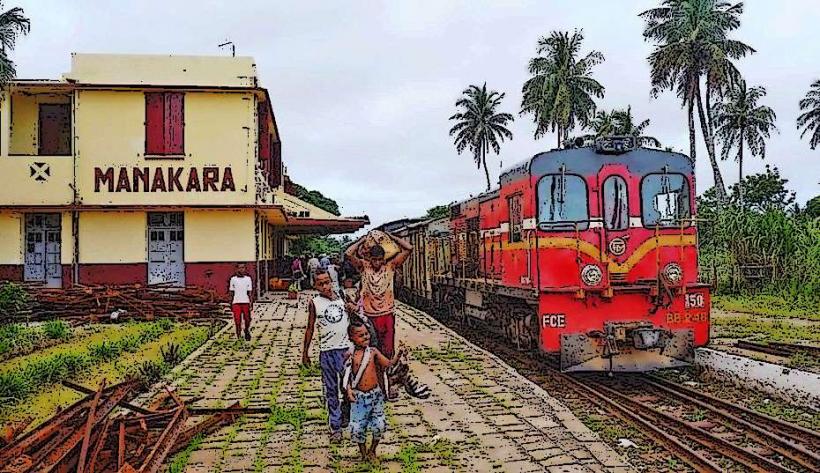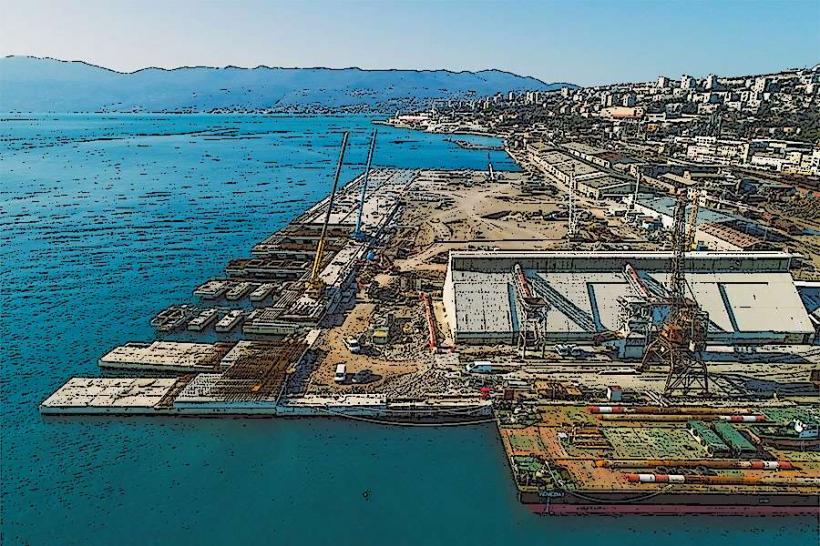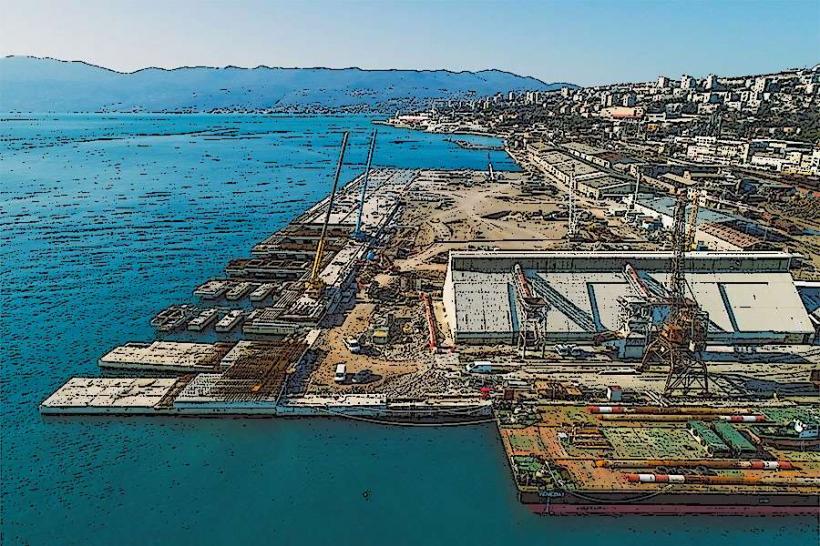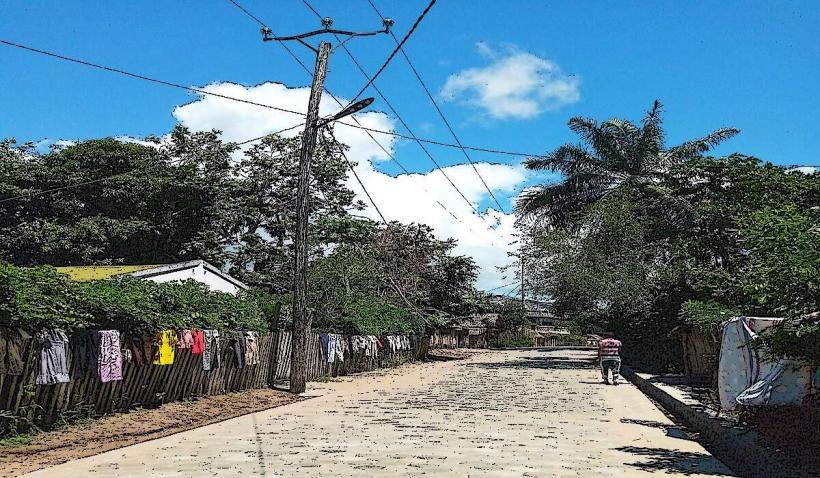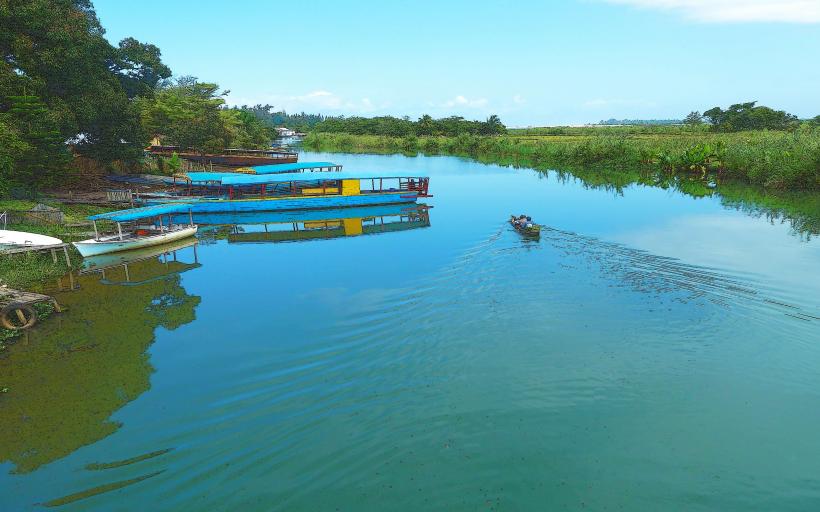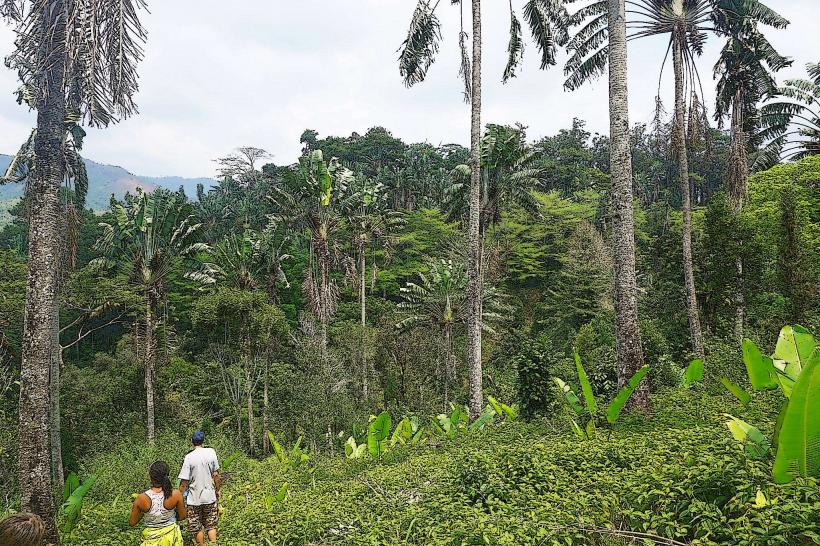Information
Landmark: Vohiposa FallsCity: Manakara
Country: Madagascar
Continent: Africa
Vohiposa Falls is a stunning natural landmark located in the Atsimo-Atsinanana region of southeastern Madagascar, near the town of Manakara. These waterfalls are part of the larger rainforest ecosystems of the region, which is known for its rich biodiversity, lush vegetation, and pristine landscapes. Vohiposa Falls is one of the more hidden gems in Madagascar, offering visitors an opportunity to experience the island's remarkable natural beauty, often away from the more developed tourist routes.
Features of Vohiposa Falls:
Location: Vohiposa Falls is situated in the southeastern part of Madagascar, not far from the town of Manakara. The falls are accessible by a combination of local roads and trails, and while the journey may involve a bit of rugged terrain, the beauty of the falls makes the trip worthwhile. The falls are located in a relatively remote area, which means that tourists can enjoy a more peaceful and untouched natural setting.
Scenic Beauty: The falls themselves are a breathtaking sight, with water cascading down rocky cliffs surrounded by dense rainforest and lush vegetation. The rainforest surrounding the falls is part of Madagascar’s famous eastern tropical rainforests, which are home to a rich array of endemic species. The area’s biodiversity adds to the charm of the falls, as visitors can see both the beauty of the landscape and the wildlife that inhabits it.
- Height and Structure: While not among the tallest waterfalls in Madagascar, Vohiposa Falls is still impressive, with a series of water cascades flowing through a rocky gorge. The surrounding area is green and lush, contributing to the picturesque nature of the falls.
Ecological Significance: Vohiposa Falls is located in a biodiversity-rich area. The dense forests around the falls are home to a wide range of endemic plants, animals, and birds. The surrounding environment is an excellent example of the tropical rainforest habitat that is characteristic of Madagascar’s eastern coastline. Species such as lemurs, chameleons, and various types of birds and insects can be found here, adding an extra layer of appeal for nature enthusiasts and wildlife watchers.
Access and Hiking: Getting to Vohiposa Falls generally involves a combination of road travel and hiking. There are local guides who can lead visitors to the falls, and the journey typically includes walking through beautiful forested landscapes. The hike can be a bit challenging, especially during the rainy season when the terrain can become slippery and muddy, but it is manageable for those with a reasonable level of fitness.
- Trail: The hike to the falls takes visitors through lush forests and offers the chance to spot some of Madagascar’s unique flora and fauna along the way.
Nearby Attractions:
- Canal des Pangalanes: Located relatively nearby, the Canal des Pangalanes provides a unique opportunity for exploring Madagascar's eastern coast by boat. Visitors can combine a visit to Vohiposa Falls with a scenic boat ride along the canal, which runs parallel to the coast and offers views of the region's rich ecosystems.
- Manakara: The town of Manakara is a regional hub, and visitors to the falls can enjoy exploring the town and its surroundings, including beaches and agricultural areas.
Tourism and Conservation: While Vohiposa Falls is not yet a mainstream tourist destination, its relative seclusion is part of its charm. The falls and surrounding areas remain relatively pristine, but like much of Madagascar, they face environmental pressures, such as deforestation and climate change. Promoting sustainable tourism practices in the region is essential to preserving this natural wonder. The local guides and community play an important role in both preserving the natural environment and offering a sustainable way for visitors to enjoy the area.
Best Time to Visit:
The best time to visit Vohiposa Falls is during the dry season, typically from April to October. During this time, the weather is more conducive to hiking, and the trails are easier to navigate. The rainy season (from November to March) can bring heavy rainfall, which may make the trails slippery and difficult to walk. However, the falls themselves are particularly impressive during the rainy season when the water flow is stronger, but it is essential to check conditions before visiting during this time.
Conclusion:
Vohiposa Falls is a natural gem in southeastern Madagascar that showcases the island's stunning tropical landscapes. Surrounded by lush rainforests and rich in biodiversity, the falls offer a peaceful and scenic retreat for nature lovers, eco-tourists, and adventure seekers. While reaching the falls requires some effort and exploration, the experience is well worth it for those seeking to experience Madagascar’s natural beauty in its more untouched form. As tourism in the region grows, it is important to prioritize sustainable practices to protect this beautiful, remote part of Madagascar’s environment.

